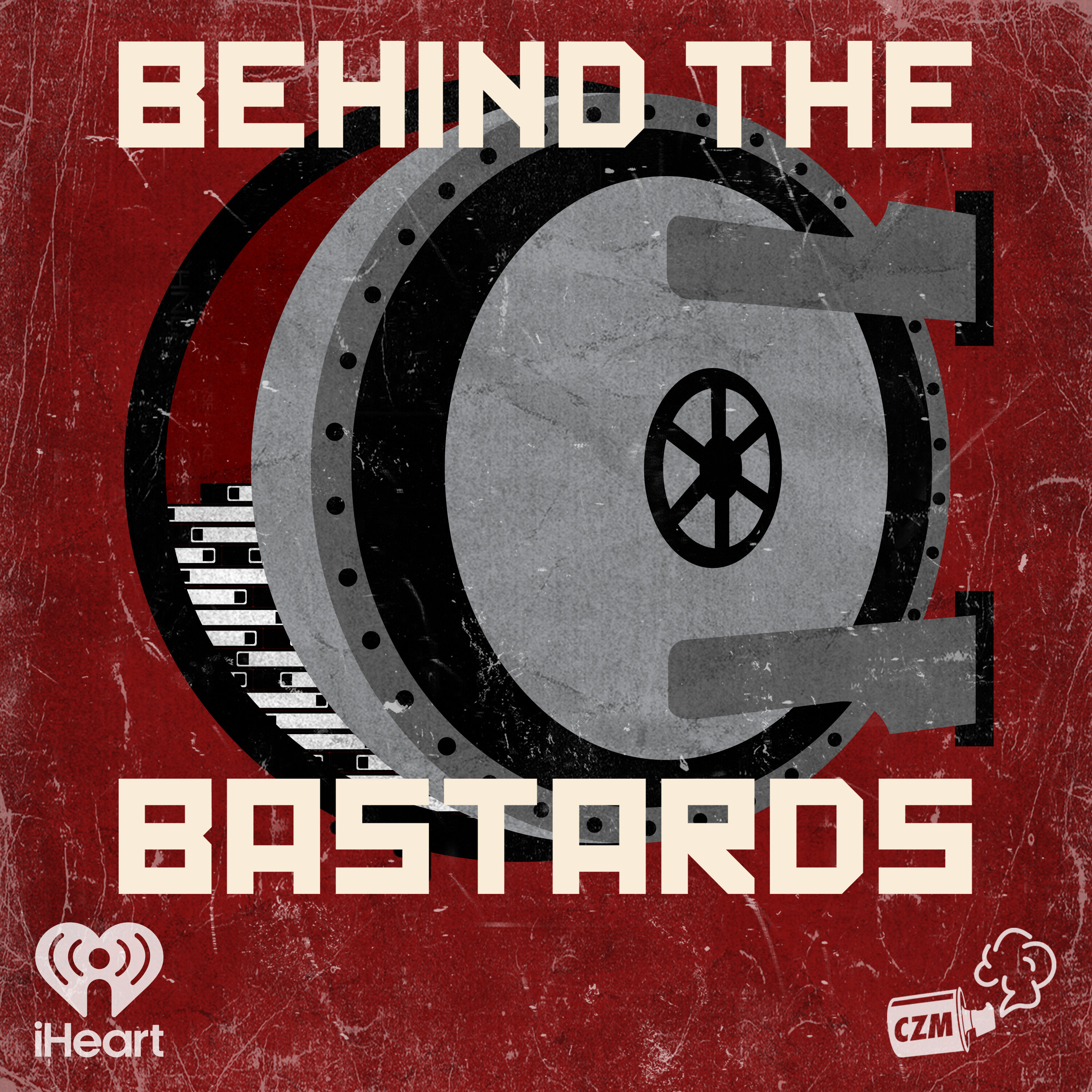Chapter

The Function of Legal System in US South during Early 20th century
Niedermeyer argues that law enforcement authorities in the South protected black suspects from being seized by lynch mobs and maintained social control over the black population, while James W. Clark found a correlation between declining lynching violence and the growing number of convicted African American offenders executed by state authorities.
Clips
The 1920s were a particularly bad time for lynching, which was a non-state way to enforce white supremacist laws by torturing and murdering Black people, often with crowds taking souvenirs and posing with the victim's body, while announcements on the radio turned lynchings into family gatherings.
25:28 - 26:22 (00:53)
Summary
The 1920s were a particularly bad time for lynching, which was a non-state way to enforce white supremacist laws by torturing and murdering Black people, often with crowds taking souvenirs and posing with the victim's body, while announcements on the radio turned lynchings into family gatherings.
ChapterThe Function of Legal System in US South during Early 20th century
EpisodeBehind the Police: How The Police Defeated Lynching Via Torture
PodcastBehind the Bastards
In this episode, the hosts discuss the art of picnicking and its evolution over time.
26:22 - 26:34 (00:11)
Summary
In this episode, the hosts discuss the art of picnicking and its evolution over time.
ChapterThe Function of Legal System in US South during Early 20th century
EpisodeBehind the Police: How The Police Defeated Lynching Via Torture
PodcastBehind the Bastards
The legal system in the South gradually took on the responsibility of controlling the black population during the early 20th century, with law enforcement authorities often protecting black suspects from lynch mobs.
26:34 - 30:41 (04:06)
Summary
The legal system in the South gradually took on the responsibility of controlling the black population during the early 20th century, with law enforcement authorities often protecting black suspects from lynch mobs. The use of the death penalty increased as the use of lynching gradually declined, with historian George Wright noting a rise in executions of black people in Kentucky during the same period.